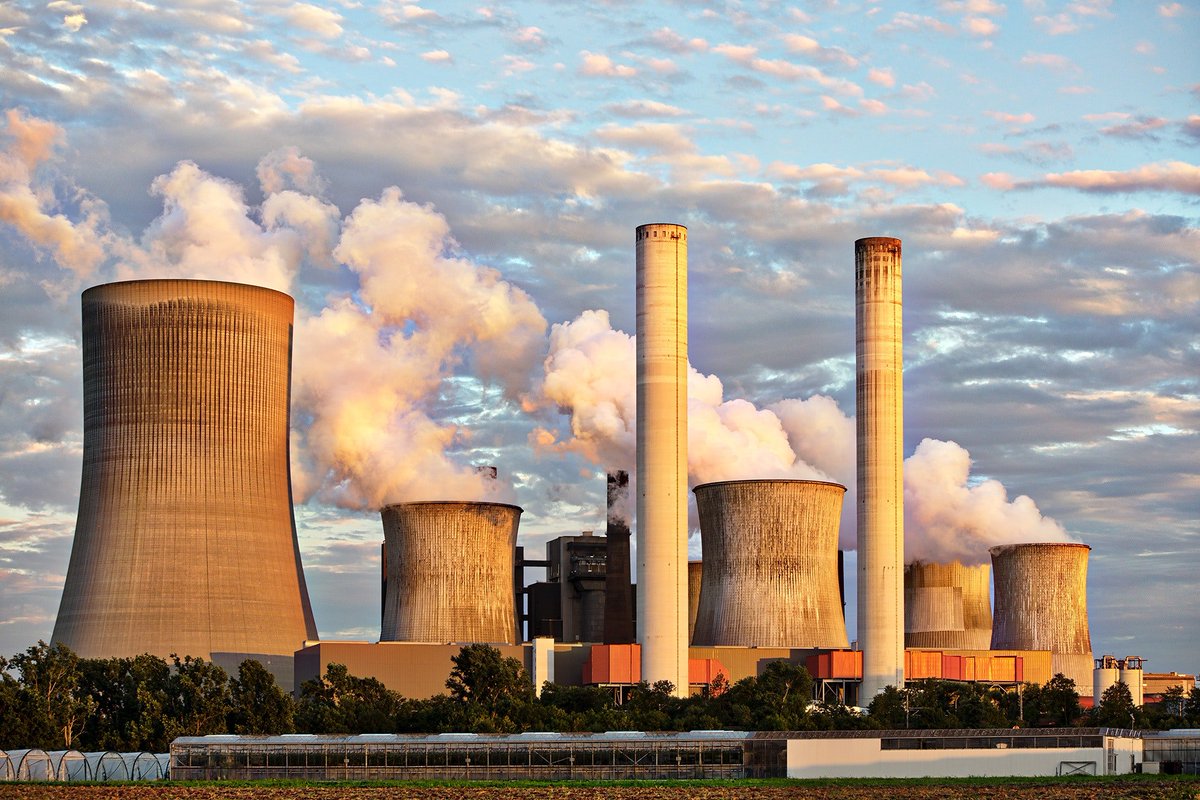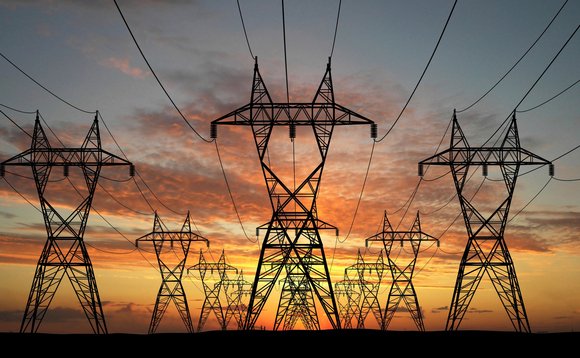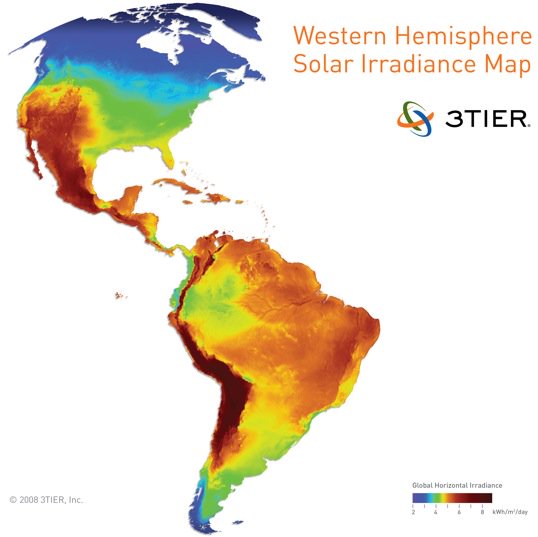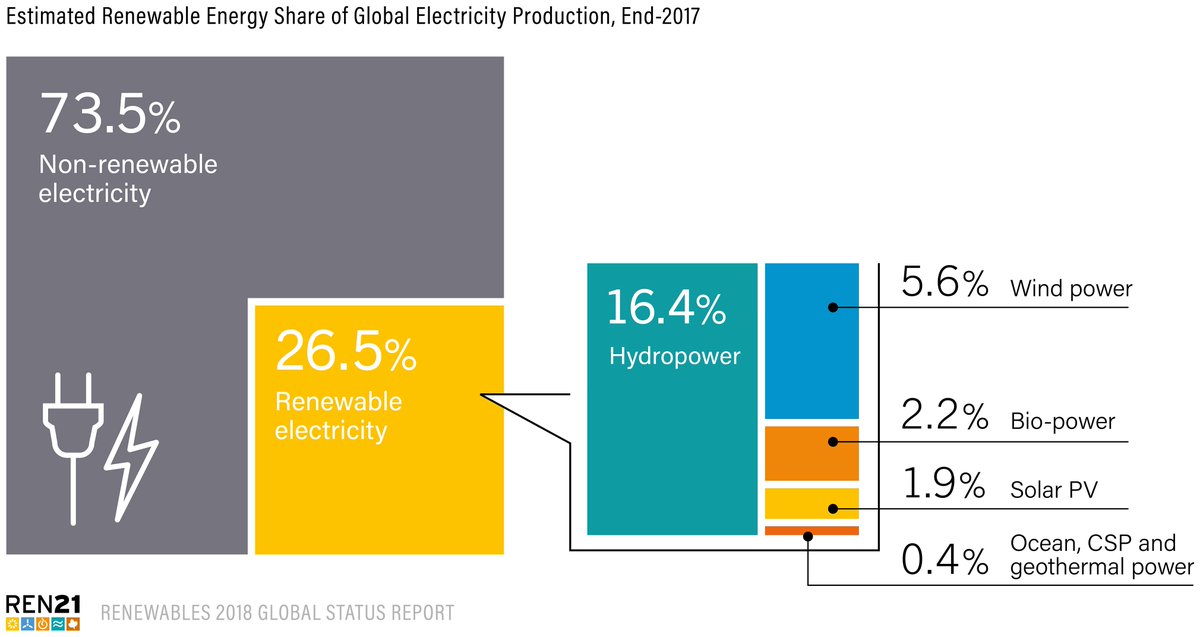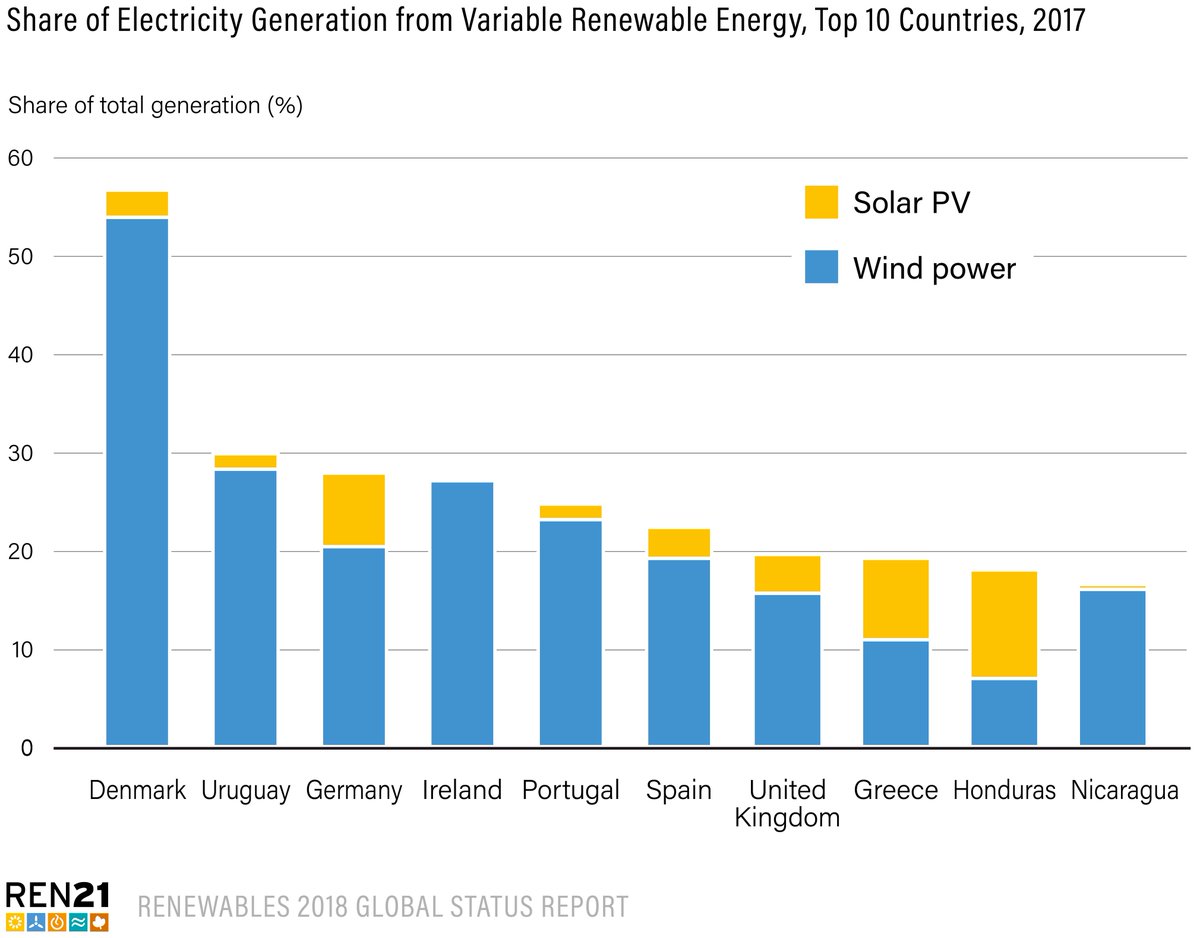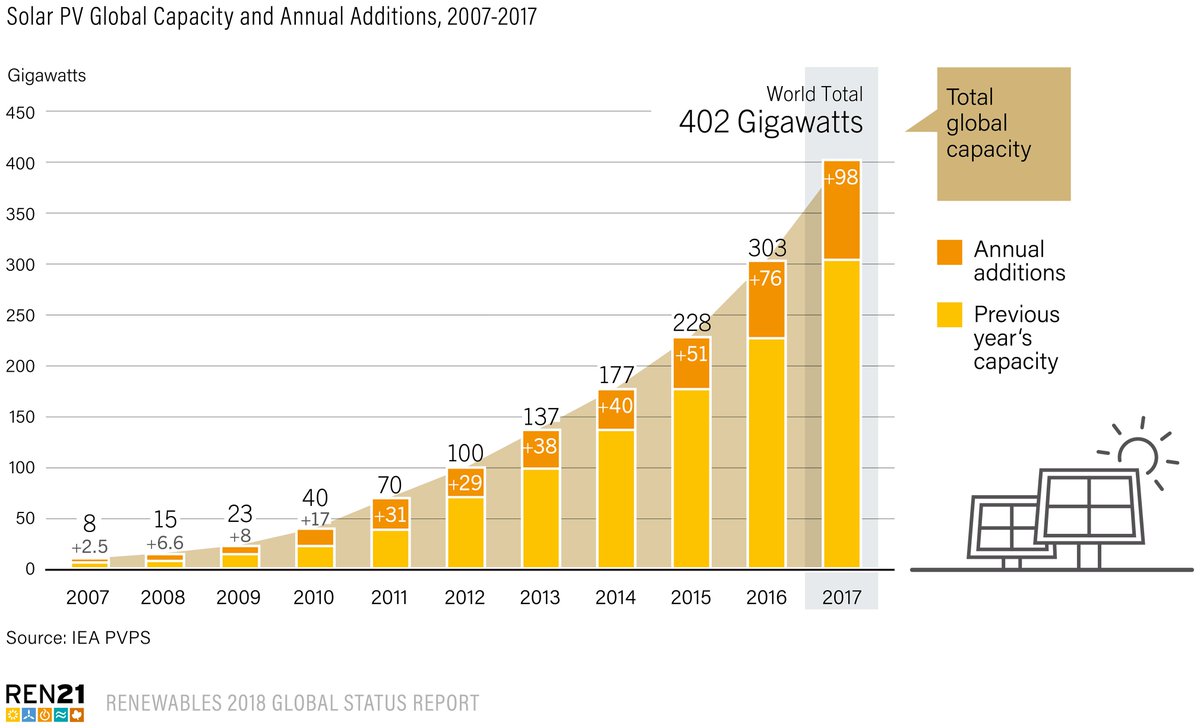Big implications for energy transition w/in free(ish) market vs. heavier hand of the state. Thread.
1/
iopscience.iop.org/article/10.108…
2/
3/
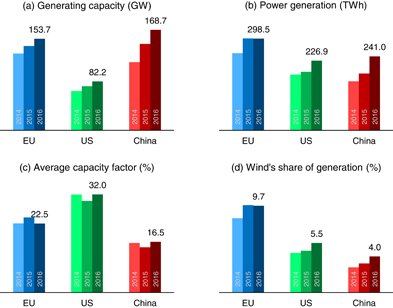
Main factors: (1) siting; (2) hub height; (3) turbine model; (4) delay b/w completion & grid connection; (5) curtailment.
4/
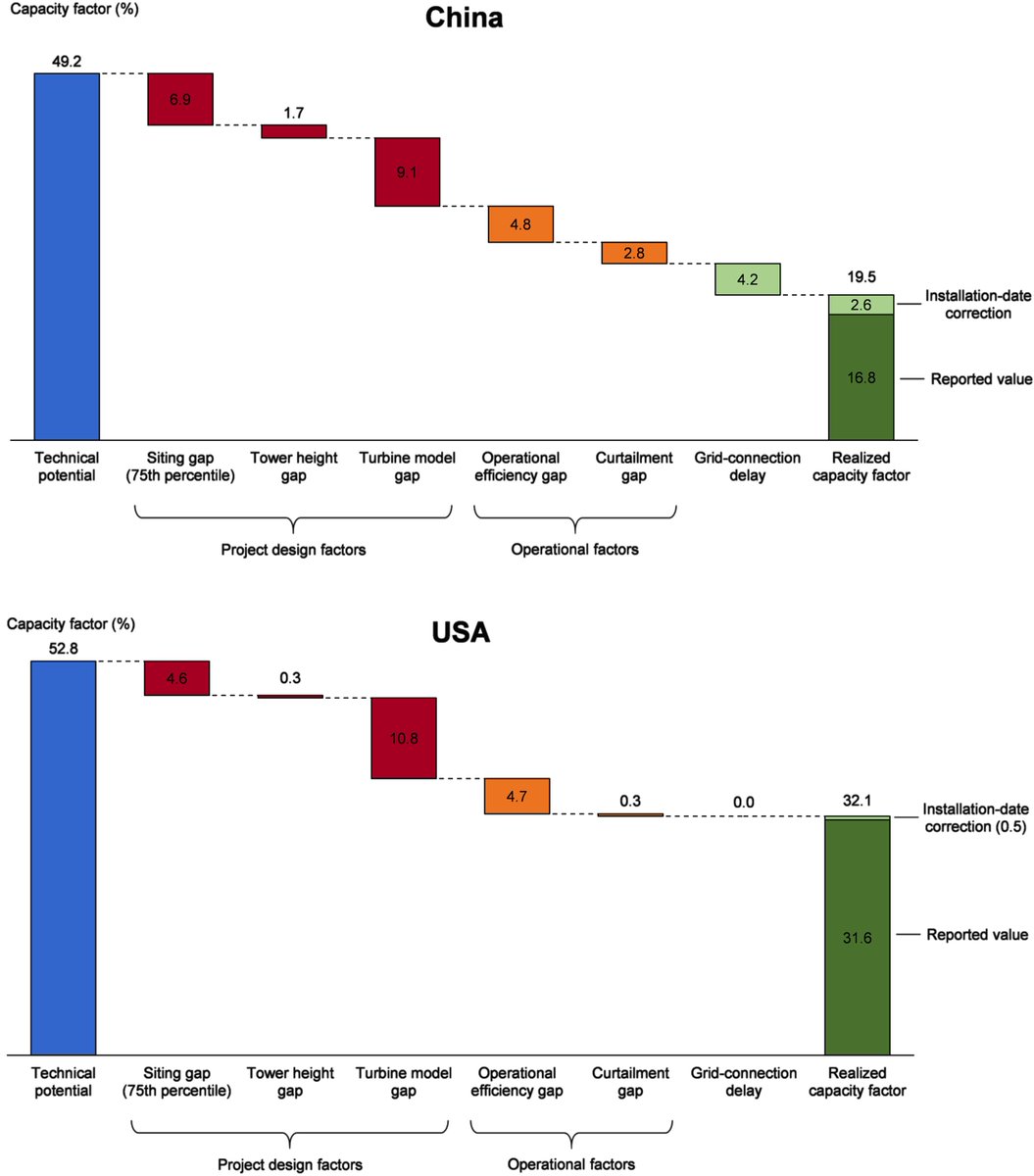
5/
6/
mdavidson.org/papers/Davidso…
7/
8/
9/
thewindpower.net/turbine_en_552…
10/
11/
windpowermonthly.com/article/122842…
12/
iopscience.iop.org/1748-9326/13/4…
13/
14/
15/
16/
theenergycollective.com/jessejenkins/2…
/END





